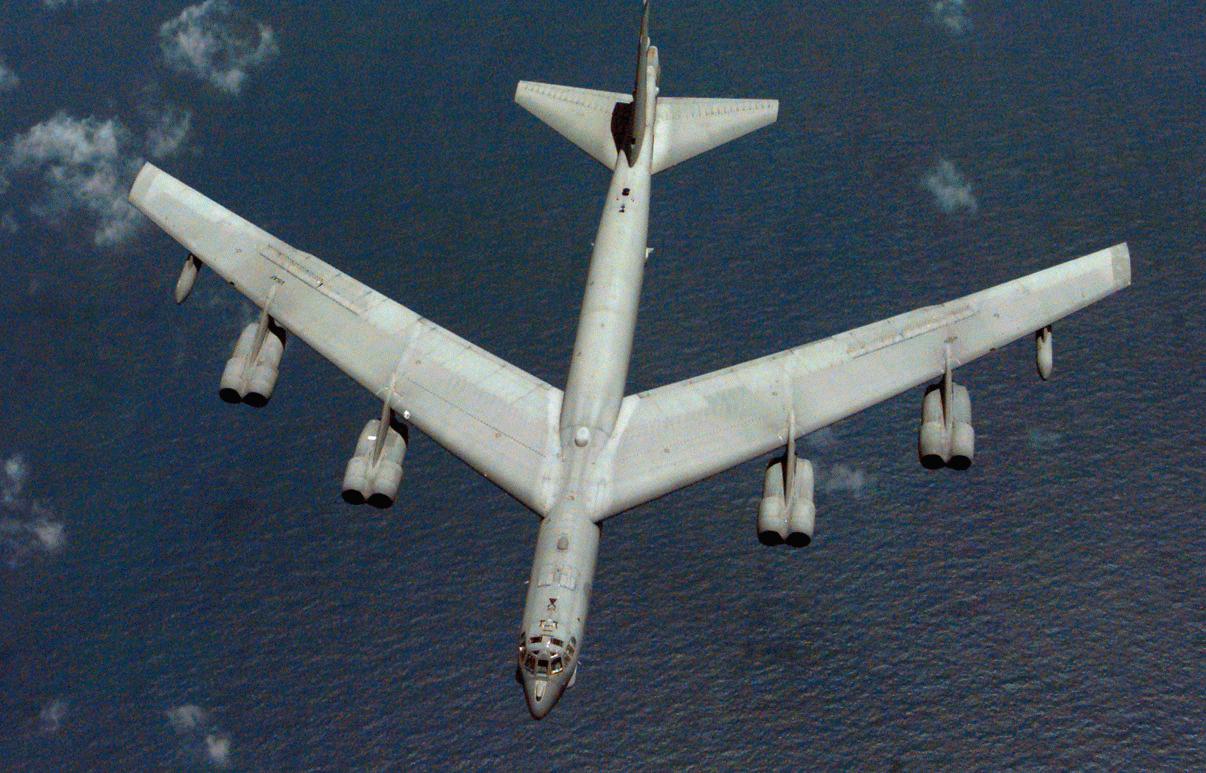
The U.S. decision to fly two B-52s through China's claimed "air defense identification zone" around a set of islands disputed between China and Japan was significant in several ways.
First, it was a blunt reminder that Northeast Asia remains the world's most combustible geopolitical hot spot. Second, it's a strong signal that the Barack Obama administration is going to stand by its Asia-Pacific allies against Chinese aggression.
And third, for students of the region's recent history, it also brings back memories of another tit-for-tat episode: the March 1996 shadow confrontation between the U.S. and China over Taiwan.
And third, for students of the region's recent history, it also brings back memories of another tit-for-tat episode: the March 1996 shadow confrontation between the U.S. and China over Taiwan.
That incident and its aftermath suggest that, for both sides, a show of force produced mixed results.
If you want the long version of what happened in 1995-1996, read this piece by Robert S. Ross from International Security.
My barstool version, though, goes something like this: The U.S. gives Taiwan's President Lee Teng-hui a visa to visit the U.S., upsetting the Chinese, who keep an eagle eye on any possible deviations from the U.S. agreement to no longer grant Taiwan any kind of official recognition.
If you want the long version of what happened in 1995-1996, read this piece by Robert S. Ross from International Security.
My barstool version, though, goes something like this: The U.S. gives Taiwan's President Lee Teng-hui a visa to visit the U.S., upsetting the Chinese, who keep an eagle eye on any possible deviations from the U.S. agreement to no longer grant Taiwan any kind of official recognition.
And they're extra angry, because the U.S. had recently sold Taiwan 150 F-16s and seemed to be gradually upgrading its Taiwan policy.
Lee, meanwhile, is doing what he can to stick his thumb in the PRC's eye.
And the Bill Clinton administration is caught between a Taiwan-loving Congress and the strategic and economic imperative of forging a stable relationship with China while not seeming weak to its allies in Northeast Asia.
All this culminates in a very nasty set of live-fire military exercises by China, including bracketing Taiwan with surface-to-surface missiles.
Cue the dispatch of a U.S. carrier group to waters east of Taiwan, with another one in reserve in case trouble broke out.
All sides didn't exactly kiss and make up after this, but they did bring things back to a dull roar.
All sides didn't exactly kiss and make up after this, but they did bring things back to a dull roar.
In one sense, the Chinese show of force backfired because it didn't weaken Lee politically, and instead merely made ordinary Taiwanese more resistant to unification.
It also didn't do much for China's regional image.
It did, however, prompt a distancing of U.S. policy toward Taiwan.
The Clinton administration defended the credibility of its commitment to its alliance partners, and to stability and security in Northeast Asia -- even if the U.S. enabling of Lee's behavior helped to provoke the crisis in the first place.
The current situation is only somewhat analogous.
The current situation is only somewhat analogous.
Yet the U.S. still has to make clear it will stand by its allies, defend freedom of navigation, and support the security and stability that underpin regional prosperity.
As old as they are, those B-52s in Guam can come in handy at such moments.
Like it or not, Japan and China may lack the historical maturity to resolve this crisis on their own.
Now there's something that would be worthy of a Nobel Peace Prize, Mr. President.







0 comments:
Post a Comment